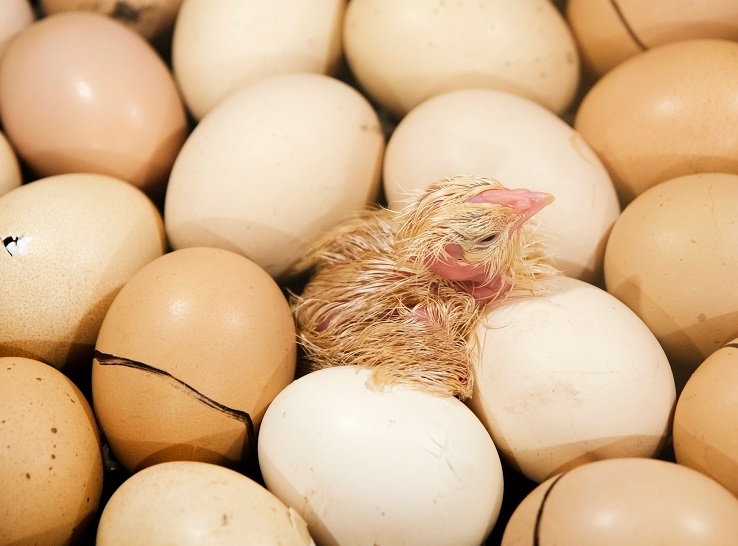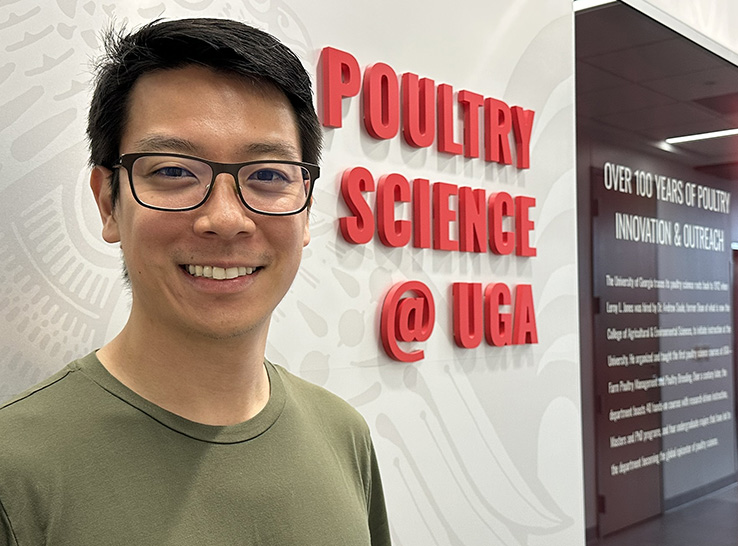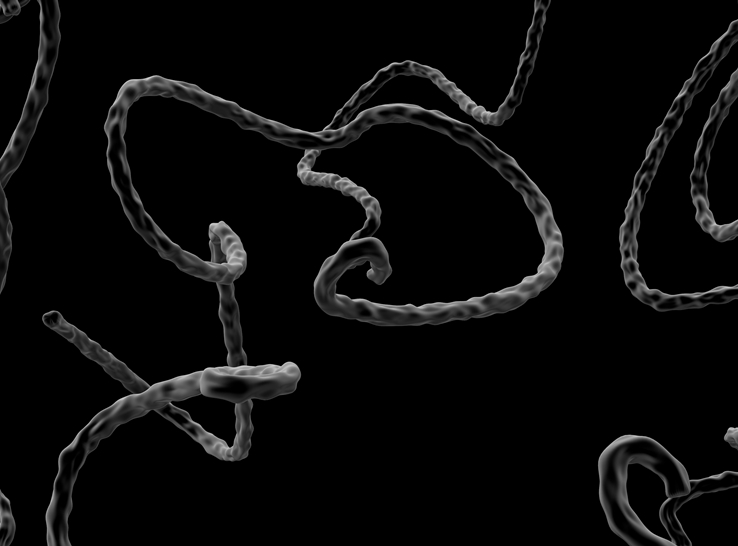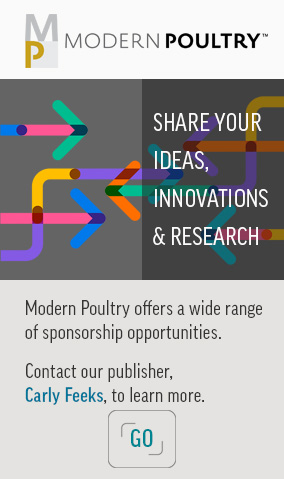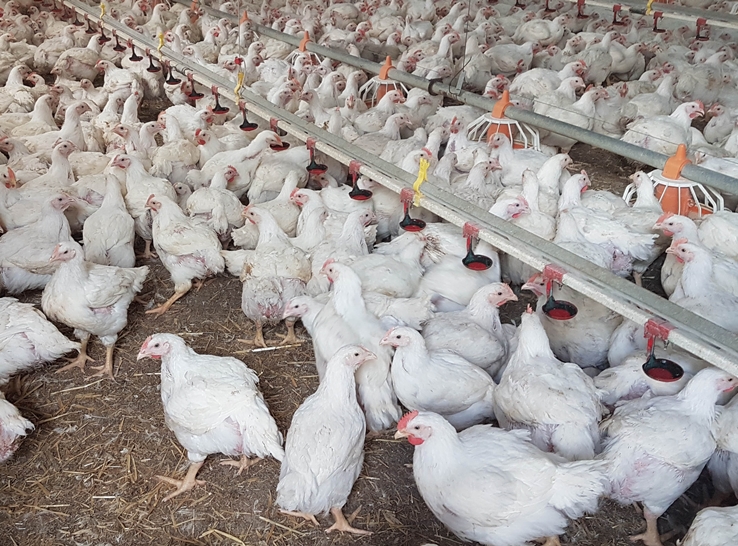
Considerations for cage-free pullet management
Currently, 38.7% of laying hen housing systems in the United States are cage-free and this transition continues to increase. However, little attention has been given to pullet housing systems. In this article, Richard Blatchford, PhD, University of California, Davis, provides important considerations for pullet management.

